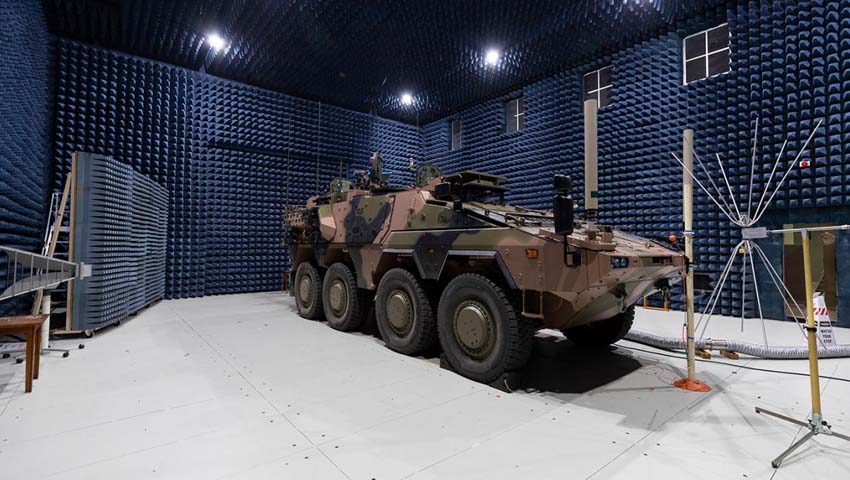The Land Engineering Agency celebrated its 80th birthday recognising decades of designing, developing and testing critical equipment for the Australian Army, ensuring the force is battle-ready.
To continue reading the rest of this article, please log in.
Create free account to get unlimited news articles and more!
Over its 80 years, the Land Engineering Agency (LEA) has blown up vehicles, fired millions of rounds and pushed equipment to breaking point – tests which have all led to improvements that have saved lives.
The agency provides specialist engineering support and testing for things such as weapons, surveillance systems, clothing, communications and vehicle survivability enhancements.
Specialist staff have skills not found elsewhere in the industry, allowing them to undertake engineering activities to support Army. Their work has led to achievements in areas such as night-fighting equipment, soldier combat systems and protected mobility vehicles.
Much of the agency’s testing occurs at a 260 hectare site in Monegeetta, Victoria, where equipment is exposed to extremes of heat and cold, and subjected to vibration and drop testing.
An armaments facility tests weapons and armour, while vehicles are put through their paces on a test track. Communications, optics and electromagnetic signatures are also assessed.
As part of the testing, the LEA team conducts a range of testing across the broad spectrum of operating environment and conditions, across the electromagnetic spectrum, into environmental and climactic conditions that impact the efficacy, survivability and lethality of the ADF’s equipment and capability of the Australian warfighter.
The LEA’s electronics and communications lab are covered in a range of blue foam pyramids to absorb sound, with the latest battery of tests conducted on the first of the Army’s new Boxer armoured vehicles.
These tests ensure signals from the vehicle’s integrated subsystems don’t interfere with each other or the Boxer’s integrated electronics, the agency also tests systems for electromagnetic radiation hazards and field range.
Lab manager Lynton Rance said sensitive receivers on military radios made them susceptible to low levels of interference, which can result in reduced range and restrict the overall effectiveness.
“If we do find something [during testing] we have a chance to fix it before it gets released to our soldiers,” Rance explained.
The engineers at the light armament facility in Monegeetta understand the science that keeps weapons firing safely – the engineers know that an HK417 designated marksman rifle still works when subjected to 72 degrees celsius temperatures, simulating long exposure to the sun.
LEA’s engineers also know how many rounds you can put through a Blaser sniper rifle before the barrel wears out – ensuring acquisition teams understand the requirements for sustaining the weapon. The tests are conducted under standardised NATO conditions to assess suitability for procurement and sustainment.
The lab often conducts tests such as plugging a barrel with mud and firing it to check back-pressure and dropping it from six different positions to check it won’t accidentally discharge.
About 60,000 rounds are fired through three of the same weapon type to check durability. In the on-site, purpose-built indoor firing range with high-speed cameras also record body armour testing, typically checking batches of body armour before acquisition.
The LEA is structured to provide direct engineering support to LSD SPOs and specialised engineering services from a centralised bureau.
It supports the SPOs to ensure successful requirements development, acquisition and in-service support of land materiel, offering services in engineering, testing, design and development, and technical data management. Services are provided across the whole of the Defence capability life cycle.
Stephen Kuper
Steve has an extensive career across government, defence industry and advocacy, having previously worked for cabinet ministers at both Federal and State levels.

 Login
Login








